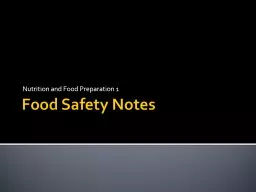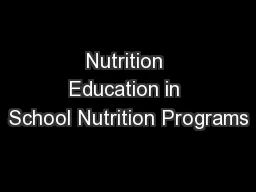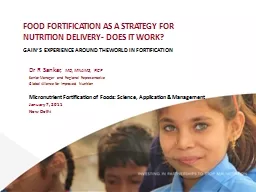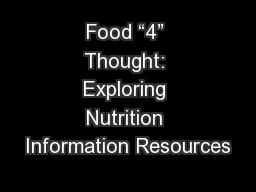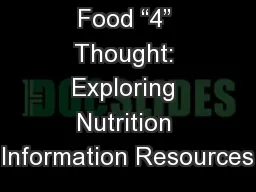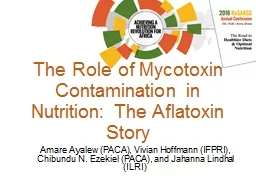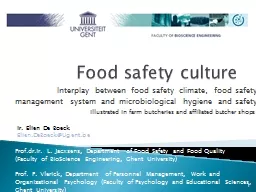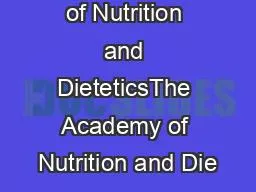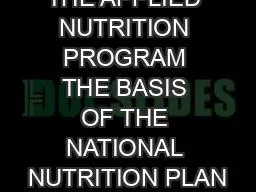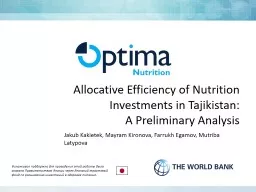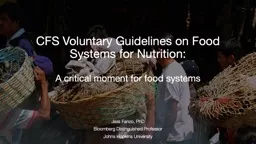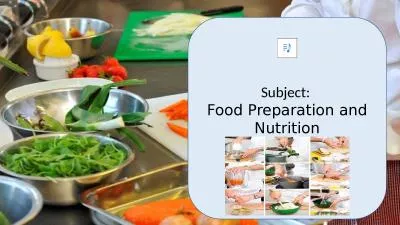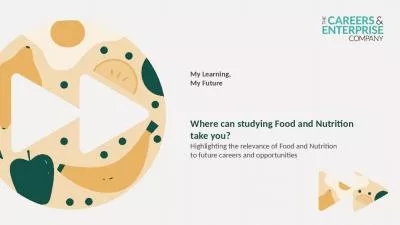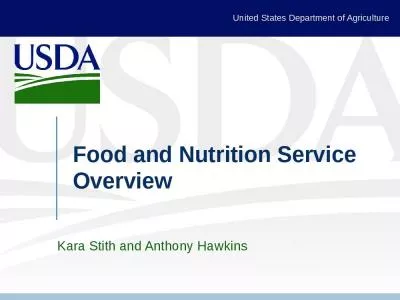PPT-Food Safety Notes Nutrition and Food Preparation 1
Author : backbays | Published Date : 2020-06-22
Why is Food Safety Important An estimated 48 million Americans suffer from foodborne illness food poisoning defined as an illness caused by consuming contaminated
Presentation Embed Code
Download Presentation
Download Presentation The PPT/PDF document "Food Safety Notes Nutrition and Food Pre..." is the property of its rightful owner. Permission is granted to download and print the materials on this website for personal, non-commercial use only, and to display it on your personal computer provided you do not modify the materials and that you retain all copyright notices contained in the materials. By downloading content from our website, you accept the terms of this agreement.
Food Safety Notes Nutrition and Food Preparation 1: Transcript
Download Rules Of Document
"Food Safety Notes Nutrition and Food Preparation 1"The content belongs to its owner. You may download and print it for personal use, without modification, and keep all copyright notices. By downloading, you agree to these terms.
Related Documents

